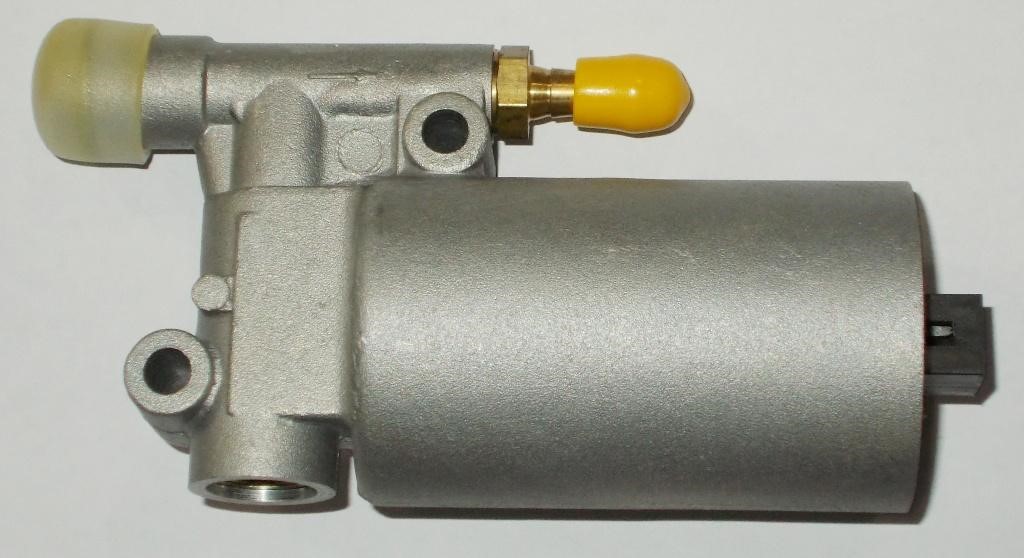ENGINE DIVISION
 |
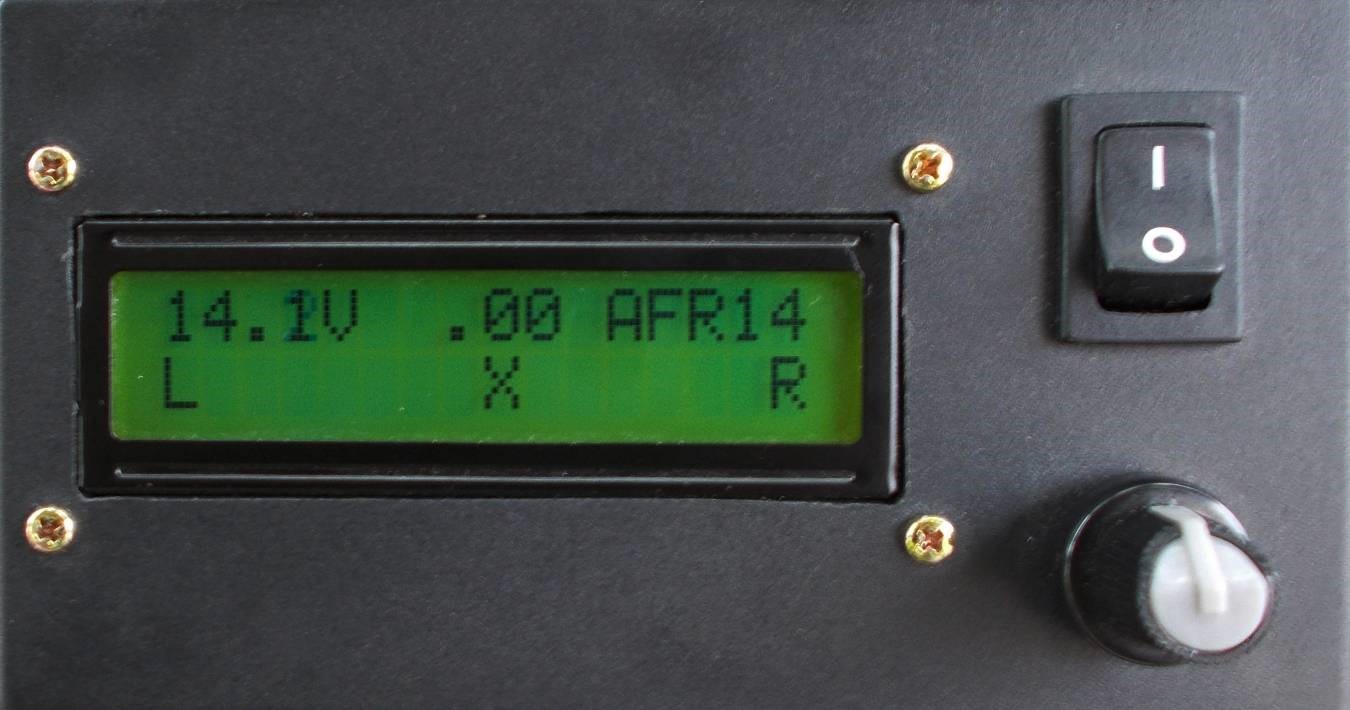 |
|---|---|
| POWER FUEL STRETCHER | O2 SHIFTER |
| This Electronic Fuel Injection “piggyback” controller reads the injection signal, and the Throttle Position (TPS). The Injector signal is then “stretched” by a programmable amount, depending on the TPS. A “Synthetic” oxygen signal (O2) is generated to keep the stock Electronic Control Unit (ECU) from over-correcting, or going into a limited power “safe” mode. | The Oxygen shifter (O2 Shifter) is a fuel saving device for fuel injected vehicles using a narrow band O2 sensor. The device is placed in-line with the standard O2 sensor, and intercepts the O2 sensor voltage. The device puts out a signal to the native ECU mimicking the O2 sensor signal, however the lean- or rich-transitions can be delayed (ie. shifted) by a short amount of time, typically 0 to 500ms. |
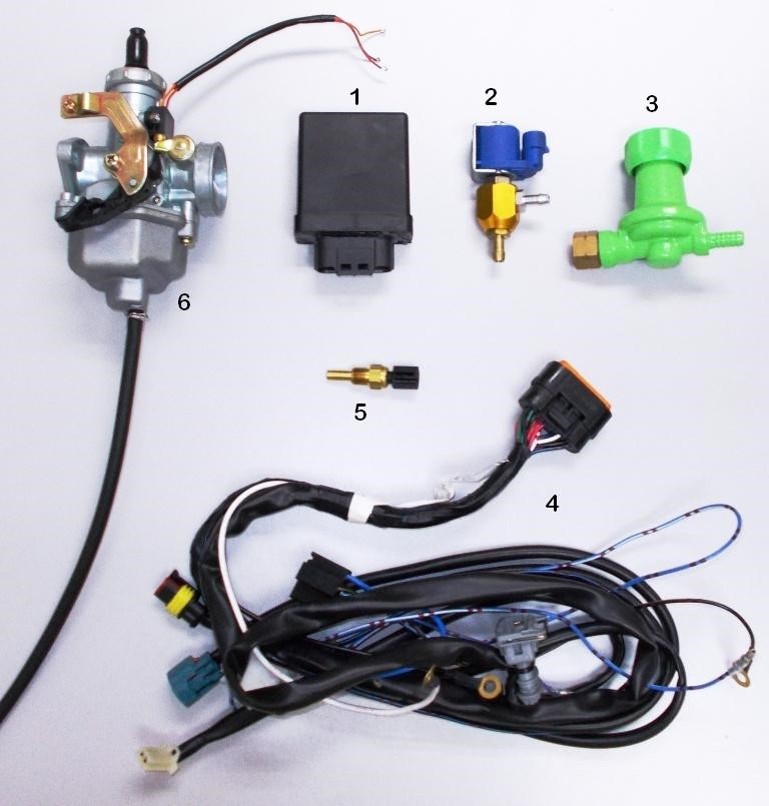 |
|
|---|---|
| HYBRID ELECTRIC VEHICLE SYSTEM | EFI LPG/CNG KIT |
| This system is a complete Electric Vehicle including Electric Traction Motor, Motor Controller, Batteries and Charger. The Motor is coupled to a tire running on a chassis dynamometer for measuring the vehicles speed, torque and power, while controlling the load on the vehicle. The Hybrid Generator consists of an internal combustion engine coupled to an Integrated Starter/Generator. | Our kit is available as a "DIY" for interested individuals. For fleet owners or distributors please contact us directly for full installation and tuning support. It can be installed by any competent mechanic or clever individual who can handle things such as soldering wires and tuning wrench. |
ENGINE / VEHICLE TESTING OPTIONAL EQUIPMENT
SURPLUS EQUIPMENT
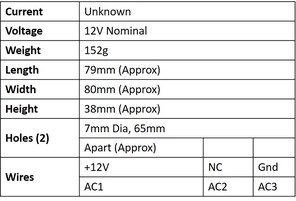
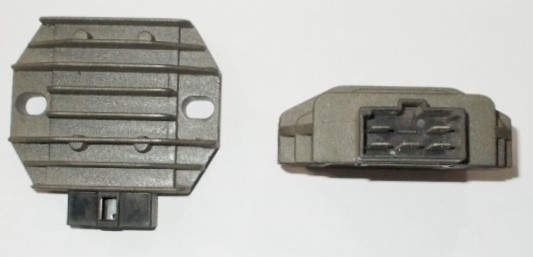
* New Old Stock (Unused)!
The throttle body Type 71 was developed for use in 2-stroke engines in scooters. Good for smaller (30-120cc) displacement 2- and 4-stroke engines using Electronic Fuel Injection. The throttle body has an integrated 4-pin throttle position sensor and a fixed gear rewind direction.
Specifications:
1) Valve diameter: 20 mm
2) Overall length: 75 mm
3) Motor connection outer diameter: 24 mm (Inner Diameter: 18mm)
4) Filter connection outer diameter: 35 mm
5) Minimum air flow: 10.9 to 19.2 kg / h at 0.1 bar differential pressure
6) Housing material: Plastic

This fuel rail includes a gasoline fuel injector and is used in small vehicles (motorcycles, tuk-tuks of 30-200cc) with the Synerject Direct Injection system. The fuel injector is supplied with gasoline at moderately high pressures (5 bar) and compressed air (from a small crankshaft driven air compressor). The air “blows” the gasoline into the combustion chamber via a direct injection valve (Strata 1, sold separately). There is an internal regulator for fuel pressure-air pressure. Connections are: Fuel In, Fuel Return, and Air In (bottom connection in left side foto). Can be used on and gasoline (and probably other liquid fuel) Fuel Injection applications.
Specifications:
Injector Resistance: 2 ohm (approx)
Voltage: 12V nominal
Overall Weight: 273g
Overall Length: 106mm (approx)
Overall Height: 68mm (approx)
Mounting Holes (2) 5.5mm diam 50mm apart
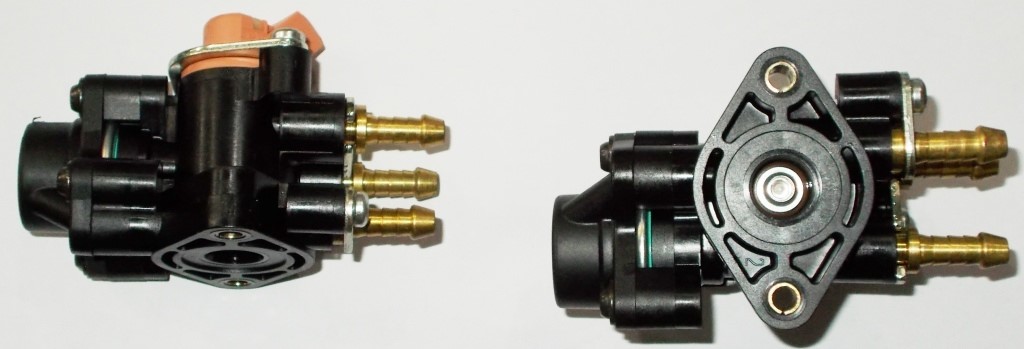
* New Old Stock (unused)!
This is a plastic encapsulated variable reluctance sensor used in motorcycles as the trigger signal for the Capacitive Discharge Ignition (CDI) system. It consists of a permanent magnet, pickup coil and soft magnetic core. It provides a positive/negative pulse (one pair per tooth on the rotating target wheel) of ~1V to >20V for synchronization of the spark and the engine. It can be used to trigger other things like fuel injection systems. Note: this is NOT the high-voltage source for the AC type CDI units.
Specifications
Resistance: 120ohms (+/- 10%)
Weight: 34g
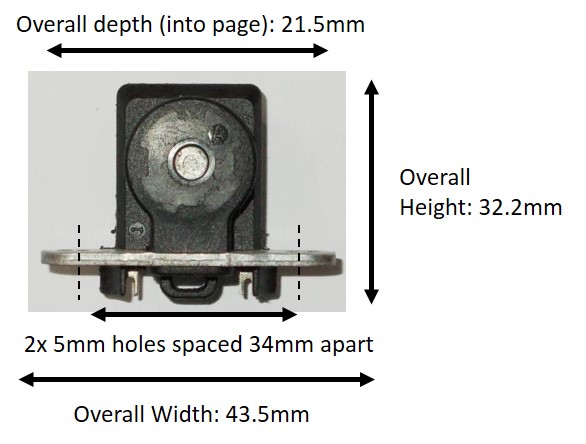
* New Old Stock (Unused)!
Good low impedance gaseous fuel or liquid/air fuel direct injector. Direct Injection means the injector sits in the head, and sprays fuel into the combustion chamber directly (ie. not port injection). Widely used on converting 2-stroke engines to direct injection.
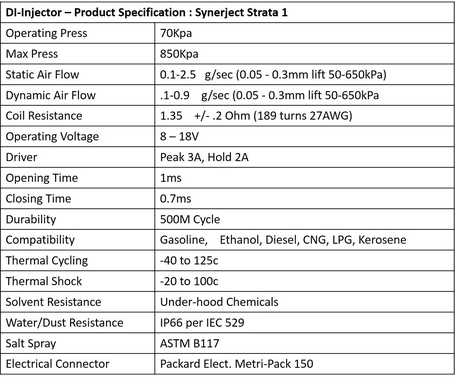

This gasoline fuel pump is used in small vehicles (motorcycles, tuk-tuks of 30-200cc) with the Synerject Direct Injection system. The pump is a piston-type positive displacement pump developing relatively high pressures (over 5 bar) for “air assist direct injection”. Can be used on and gasoline (and probably other liquid fuel) pumping applications.
Specifications
Current: 150mA (no load)
Voltage:: 12V nominal
Weight: 353g
Overall Length: 128mm (approx)
Overall Height: 66mm (approx)
Motor Housing Outer Diameter: 45mm (approx)
